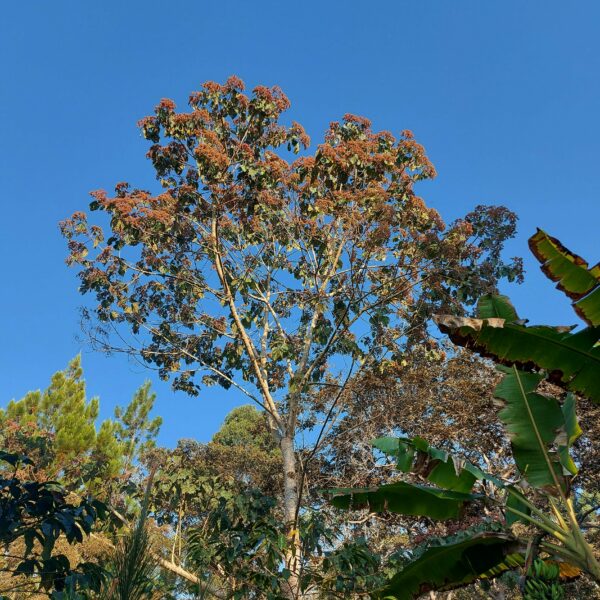Why Peru?
Peru is the world’s 9th leading producer of certified Fair Trade and organic Arabica coffee. Peru’s coffee areas stretch along the eastern slopes of the Andes, covering 17 of 24 regions. A third of all agricultural employment in Peru is connected to coffee and 75% of its coffee is produced by smallholders. National priorities for coffee include increasing productivity using sustainable approaches, improving the consistency of quality, and building international awareness and demand for Peruvian coffee. Peru is also one of the most biodiverse countries in the world, and new species of flora and fauna are still being described in Peruvian coffee growing regions. Understanding and conserving the biodiversity of Peruvian coffee farming regions will compliment national and international efforts to increase the sustainability of the Peruvian coffee sector.
How are shade trees currently used in Peruvian coffee farms?
Smallholder farmers cultivate coffee in diverse farming systems that can be categorized as complex agroforestry, simple agroforestry, and monoculture. Complex agroforestry, which includes most traditional agroforestry systems, typically include 6 to 30 tree species per farm that form multi-layered strata and provide shade for the coffee. These systems are typically located close to the farmer’s house, require low levels of maintenance, and have irregular spacing of both coffee and shade trees. Additional annual and perennial crops are cultivated together with the coffee, and can be used for household subsistence, for ceremonial or religious purposes, or sold. Despite producing low coffee yields, complex agroforestry systems are considered productive and sustainable at the farm level.
Coffee was traditionally cultivated under a dense and diverse canopy of native shade trees in Peru. However, as coffee production increases in the country, full sun monocultures and simple agroforestry systems are increasing in prevalence. The most common coffee shade trees in Peru belong to the genus Inga, which fixes nitrogen in the soils and provides intermediate, dappled filtration of sunlight to coffee plants. Hundreds of native Inga species occur in Peru, and at least seven are commonly used as coffee shade trees. These trees provide excellent ecosystem services to coffee and support a diverse array of insect, fruit, and nectar eating wildlife. Many native, old growth hardwood trees are still found on Peruvian coffee farms. However, the future of these giants is not secure. As coffee agriculture intensifies, the diversity and density of trees on farms tends to decrease.
Increasingly, introduced timber species are being planted together with coffee. Even though pine and eucalyptus species may compete with coffee production, farmers often choose to plant these species within or next to coffee farms because strong timber markets exist for those species. These exotic timber species tend to have low value for biodiversity and may change the chemical composition of the soils. Timber markets for native hardwoods also exist in most coffee regions, and this catalog highlights many native hardwood species used for lumber and construction.























